It wasn’t more than a few years ago when the cottagecore trend hit social media platforms by storm. We began to see cottage-inspired designs in homes everywhere. Soon enough, the cabincore design made its own grand entrance in the interior design trends. Rustic features that evoked a sense of warmth became all the rage. Both cottagecore and cabincore appealed to a mass of homeowners — especially the younger generation who got familiar with the two styles on Tiktok and Instagram.
Considering the similarities between cottagecore and cabincore, it’s not uncommon to confuse one for the other. Both make extensive use of natural materials to create an aesthetic that inspires peace and repose. This correlation may even allow for a blend of the two styles. While the cabincore design leans towards rustic elements, however, cottagecore is somewhat more refined.
The cottagecore aesthetic draws inspiration from pretty farmhouses and countryside cottages. Cabincore, on the other hand, hints toward cozy cabins and woodland lodges. When you think cottagecore, you think spring and summer. When you think cabincore, you think autumn and winter.
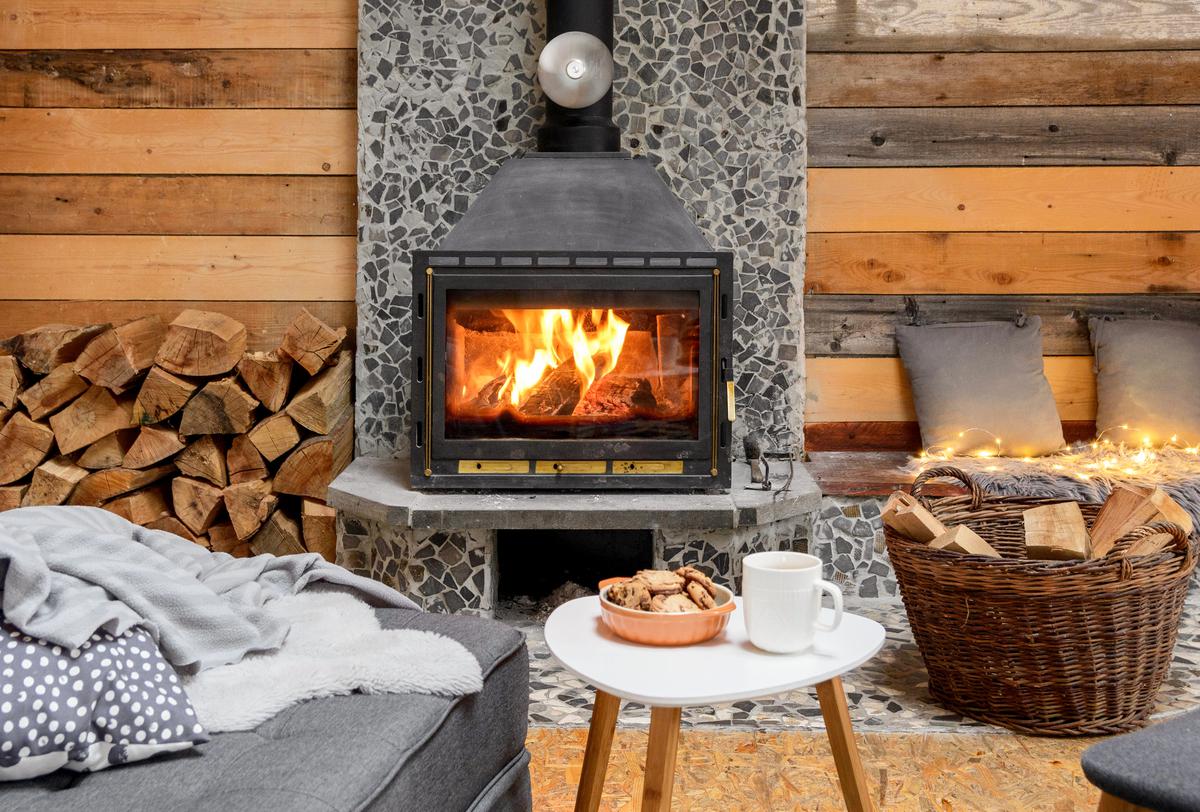
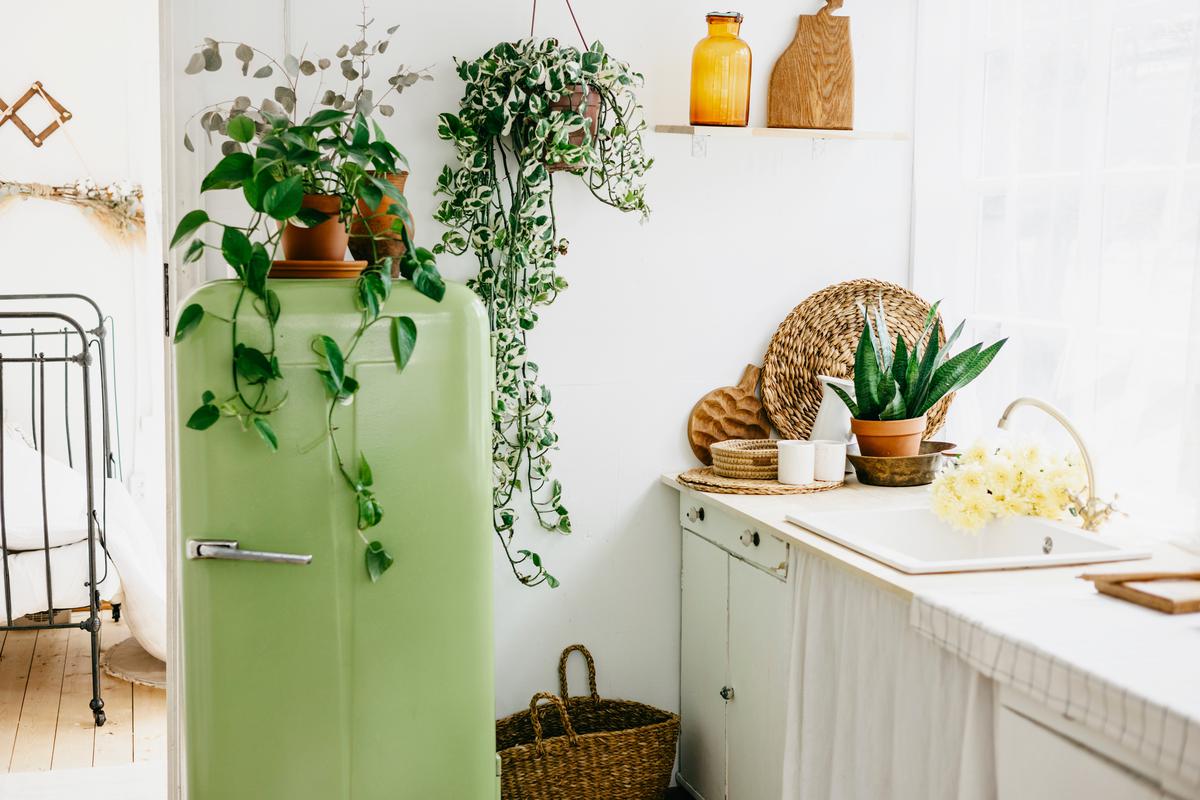
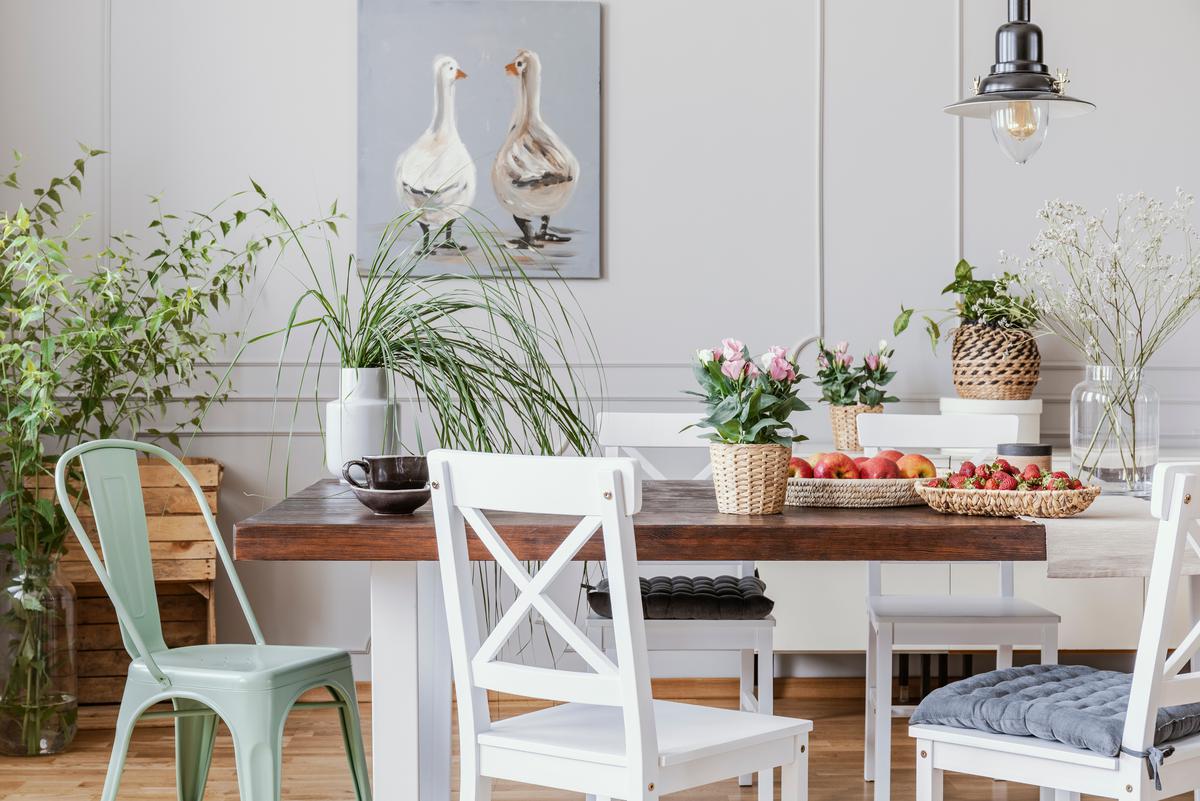
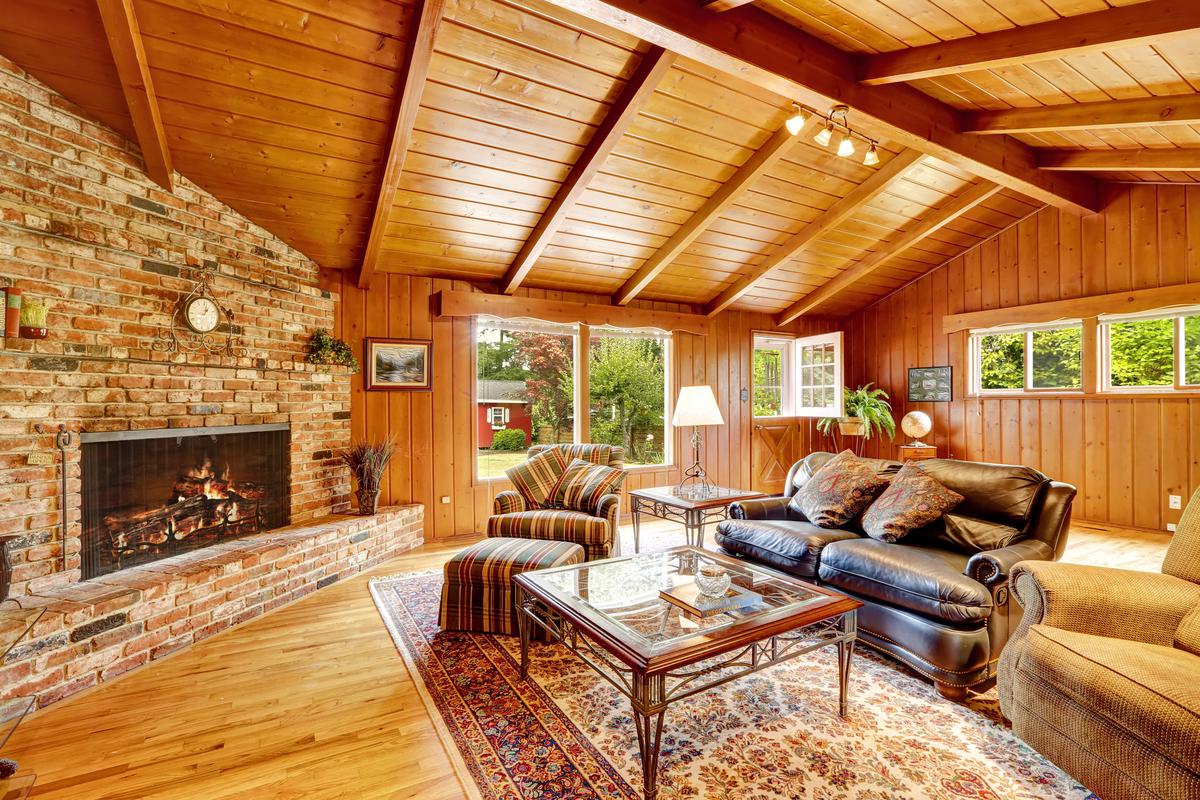
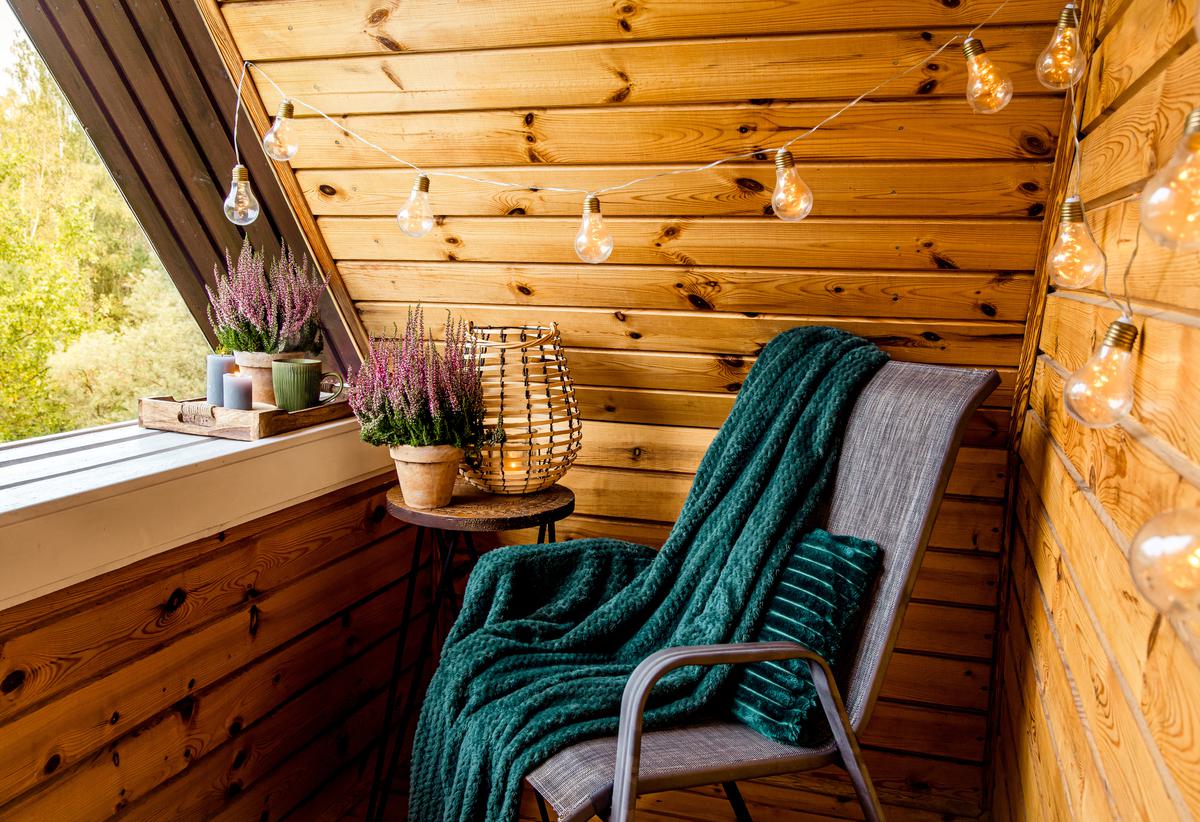
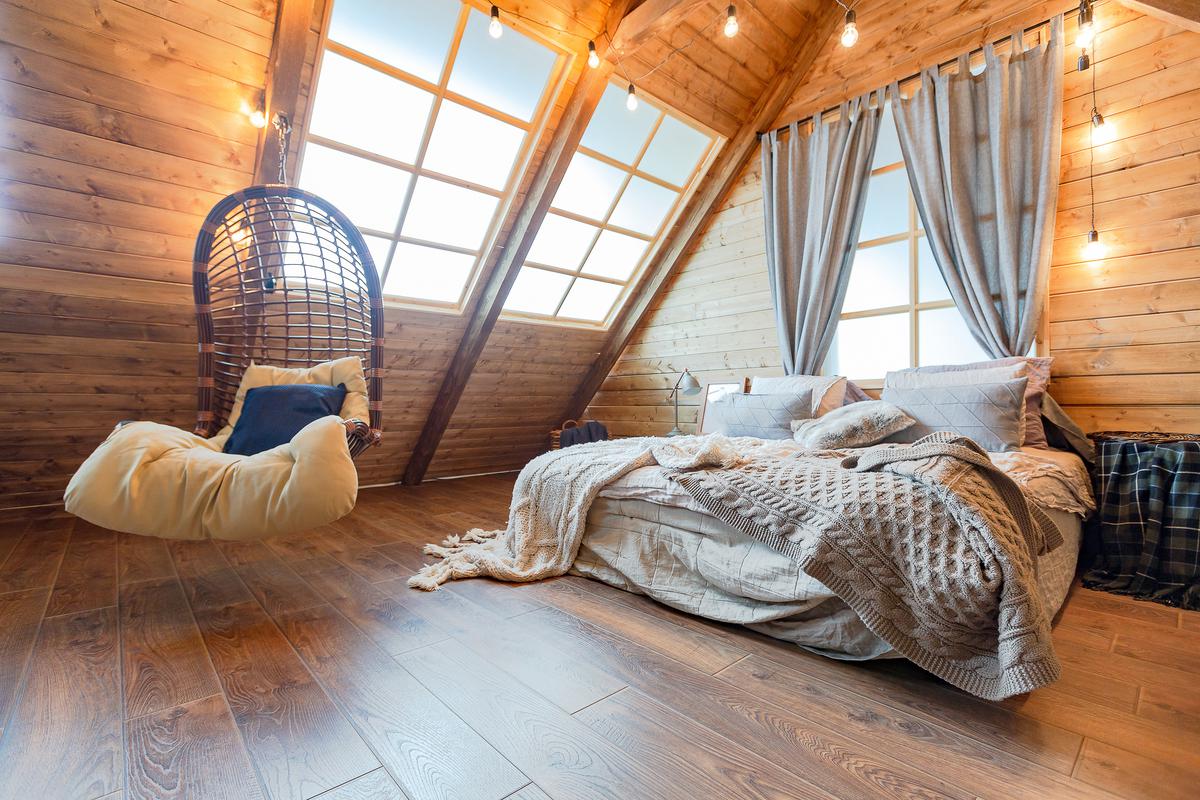
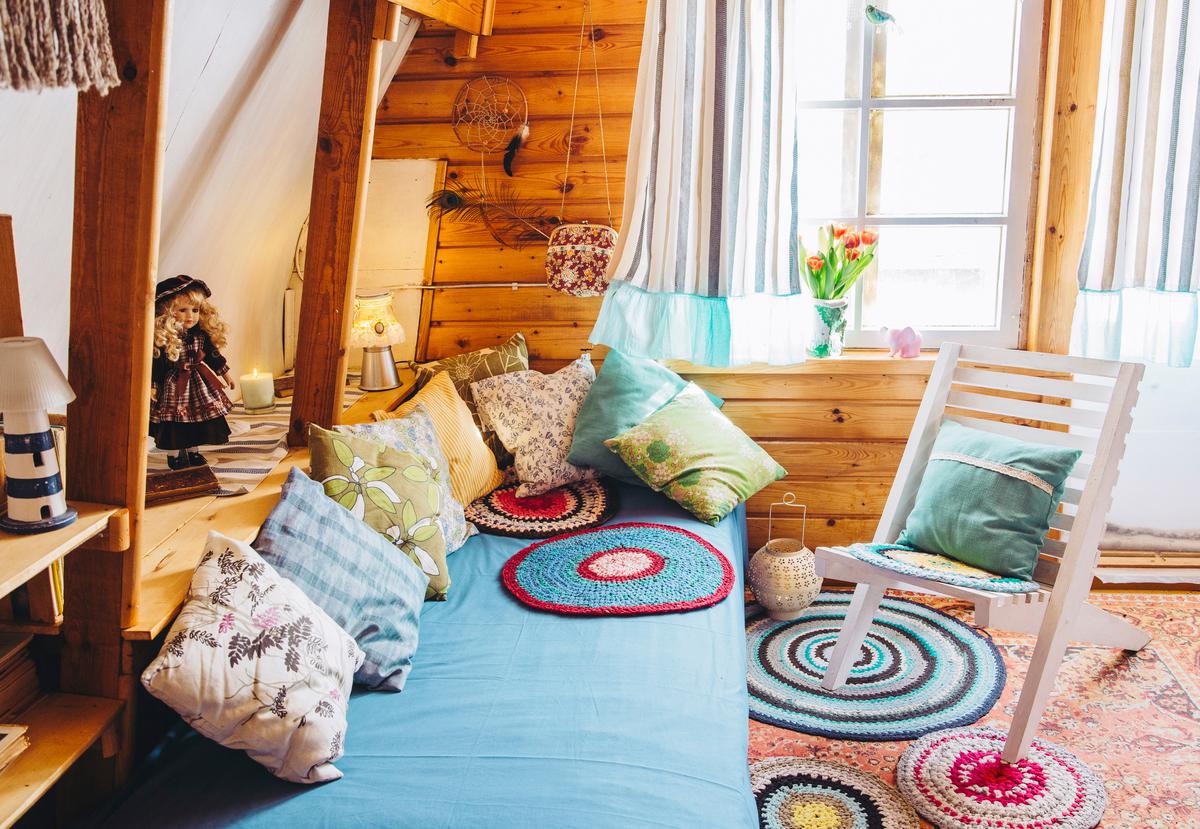
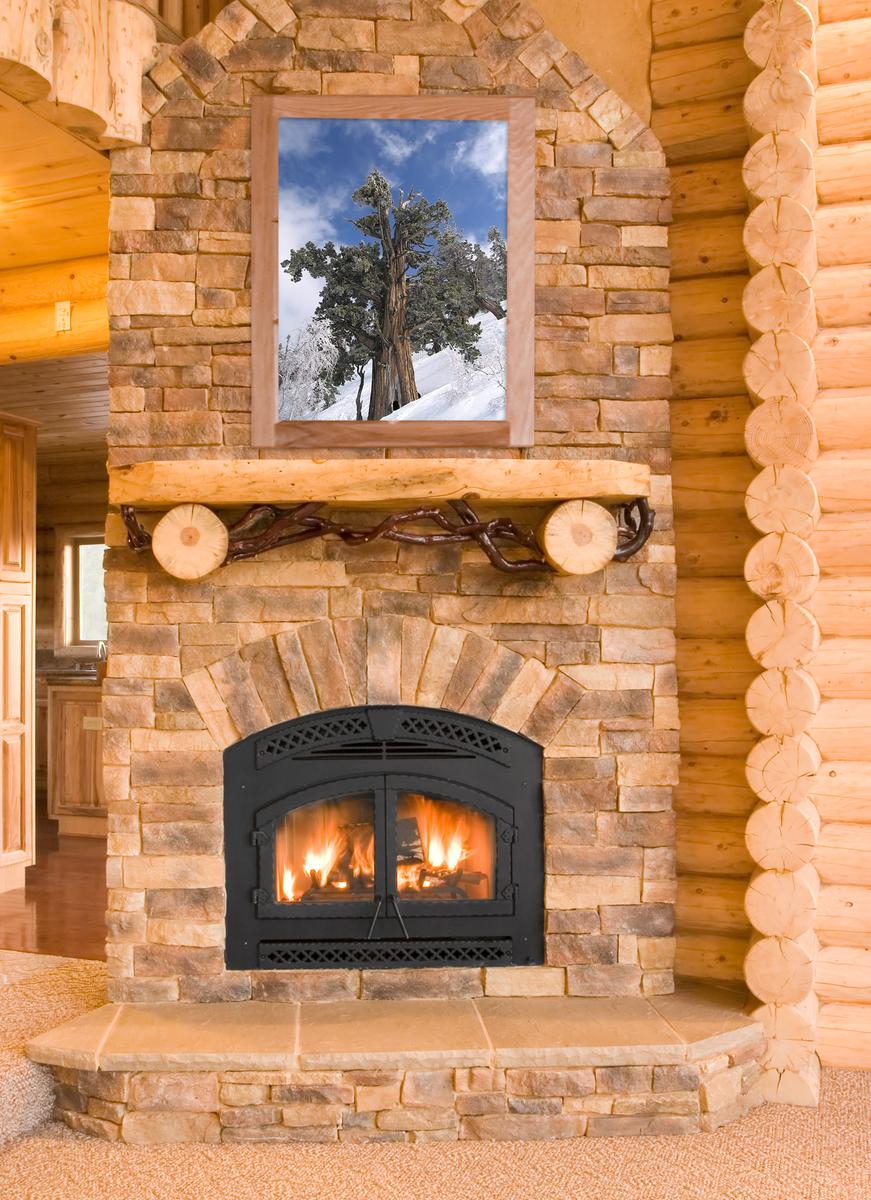
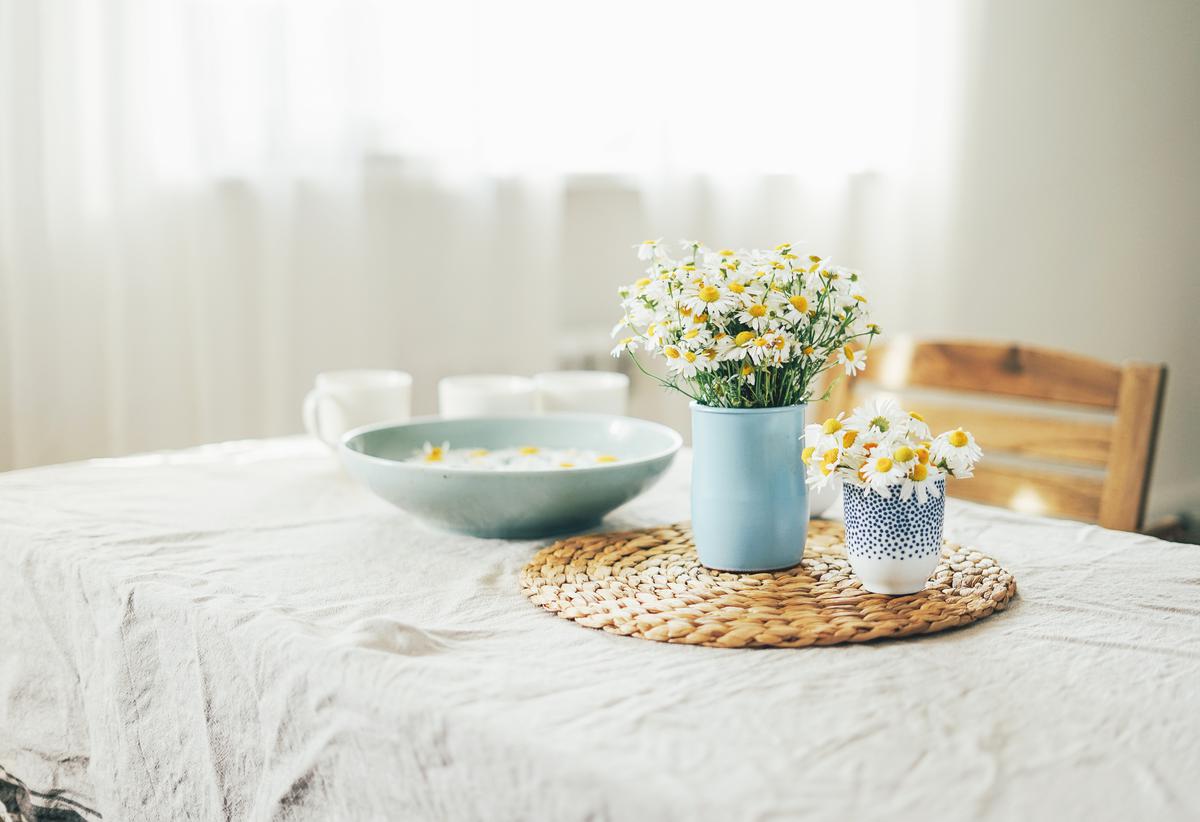
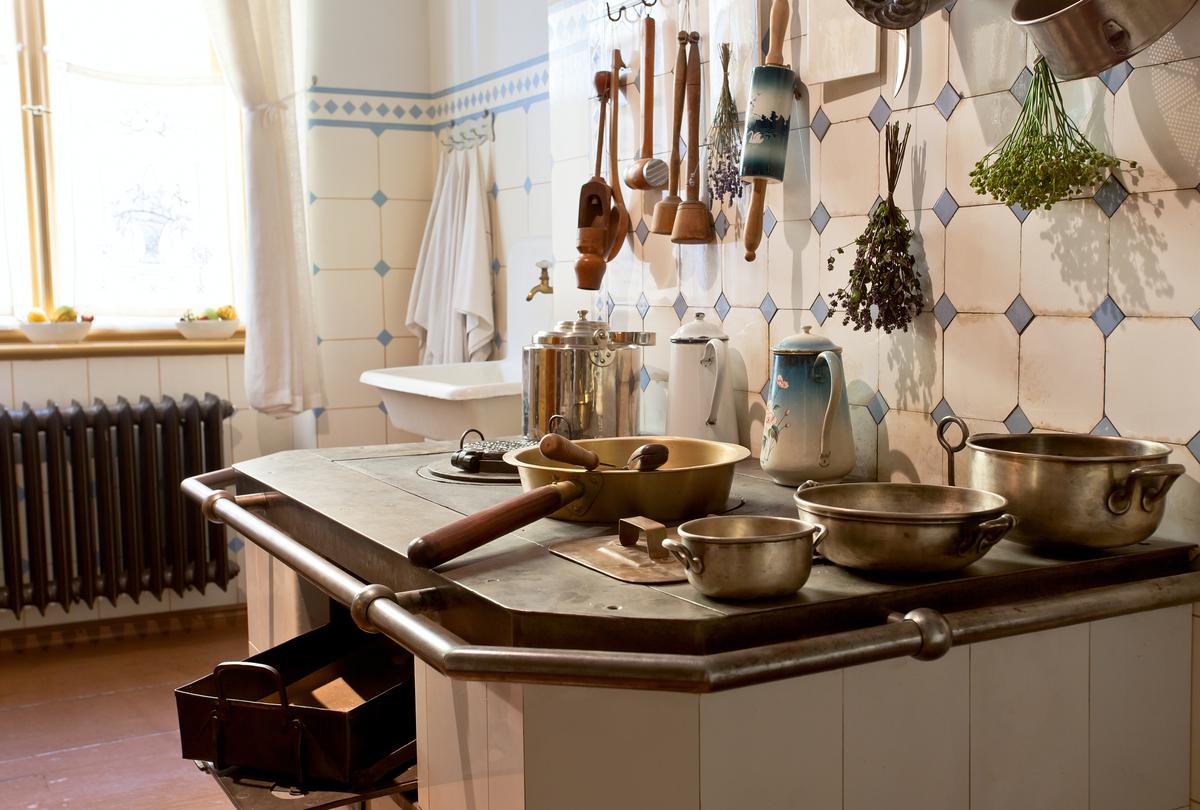
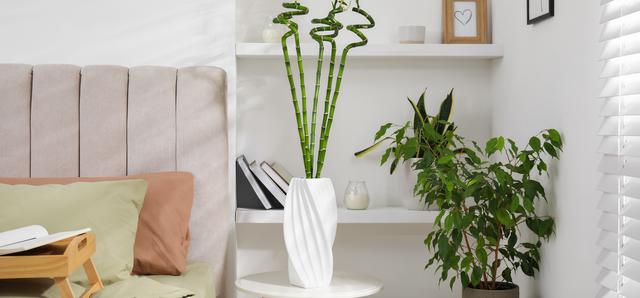
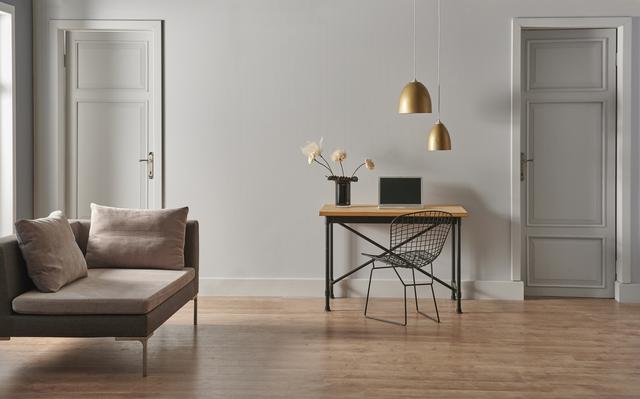

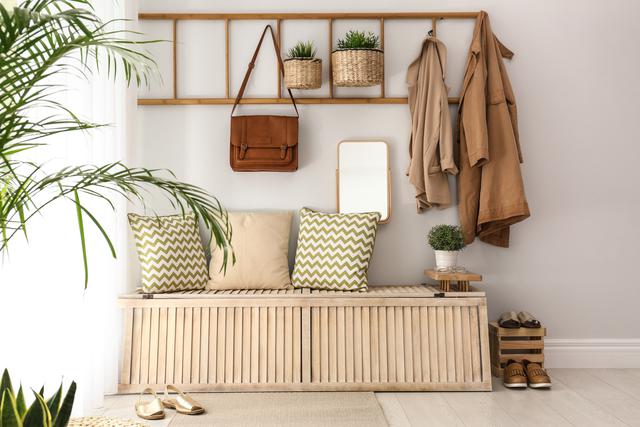
comments